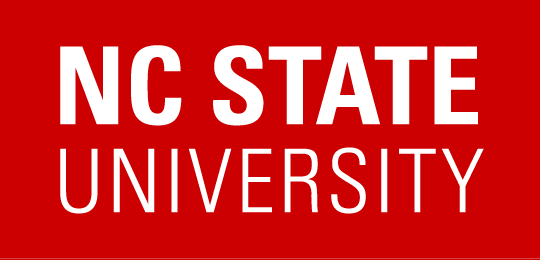
Congratulations to NC State Nuclear Engineering student, Jonathan Crozier, on placing 2nd in the NEUP Innovations in Nuclear R&D Student Open Competition.
His work investigates the “Thermal Scattering Law for Structure-Dependent-Doppler Broadening in FLASSH”.
Traditional Doppler broadening methods assume that target nuclei velocities follow a Maxwell-Boltzmann distribution which inherently assumes that the atoms are a free gas or that their velocities are independent of each other. This approximation is reasonable at high target temperatures and high neutron energies. However, nuclei are not independent: the lattice temperature and chemical binding will define the atomic motion. The thermal scattering law (i.e., TSL or S(α,β)) is a material property which describes the chemical binding and temperature response in terms of available momentum and energy states. In the thermal energy range, this TSL will define the thermal scattering cross sections. In the resonance region, the TSL offers a first-principles description of the probability distribution function for the velocity of the target nuclei. Using the TSL in Doppler broadening captures the structure of the material consistently from the thermal range into the resonance cross sections. In this work, both traditional free-gas and precise TSL Doppler broadening methods for resonance cross section evaluation have been implemented within the Full Law Analysis Scattering System Hub (FLASSH). This framework provides a generalized formulation for evaluating low-lying resonance data and streamlines nuclear data processing methods. TSL data generated using ab initio lattice dynamics (AILD) can be used to broaden cross section libraries in ENDF format for high-fidelity input into reactor physics calculations. These capabilities are demonstrated for the lowest absorption resonances of 238U in UO2, UC and UN.
Currently, Jonathan is working on his doctoral degree in nuclear engineering at NC State University. He is embedding artificial intelligence to predict thermal scattering effects on-the-fly for higher-fidelity multiphysics reactor calculations. His adviser is Dr. Ayman Hawari. Degrees completed include is Master of Nuclear Engineering (2021) and Bachelor of Science in Nuclear Engineering, minor in Physics (2020).

